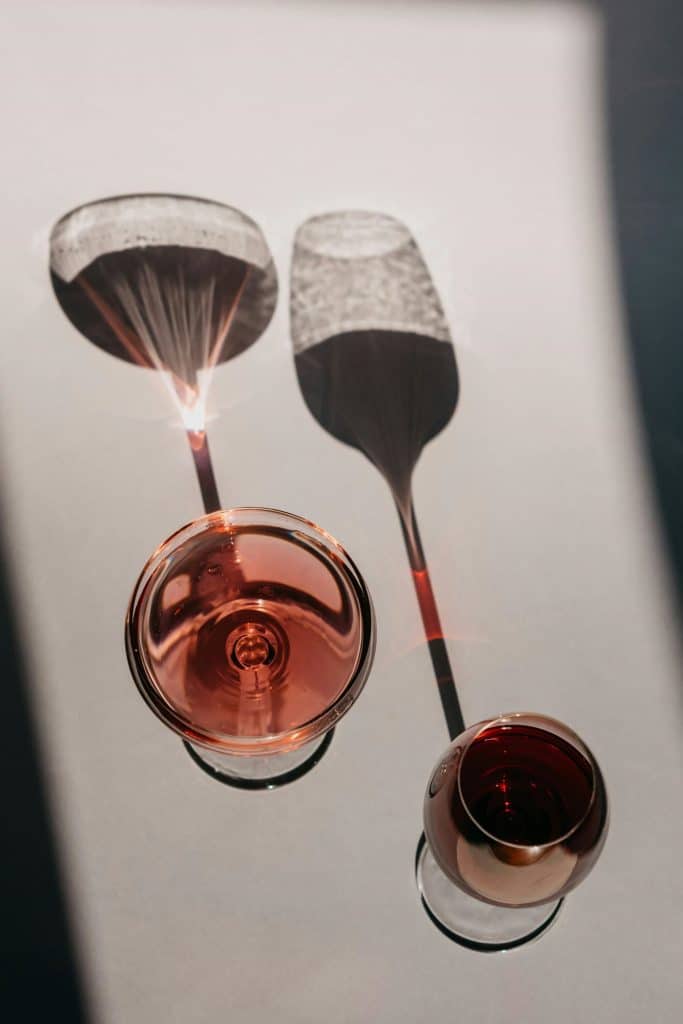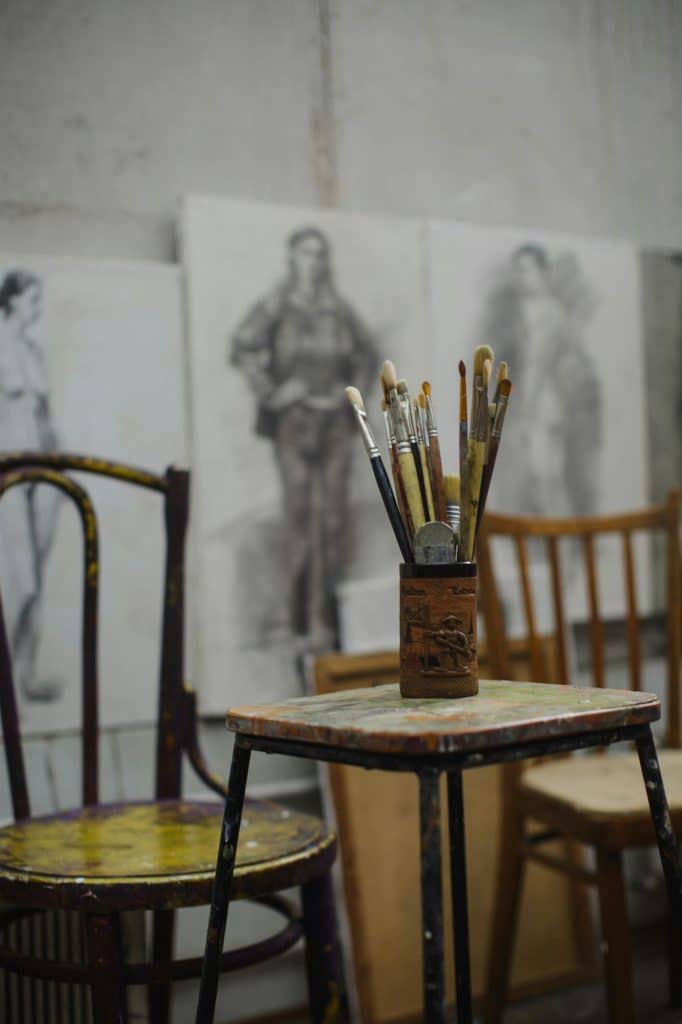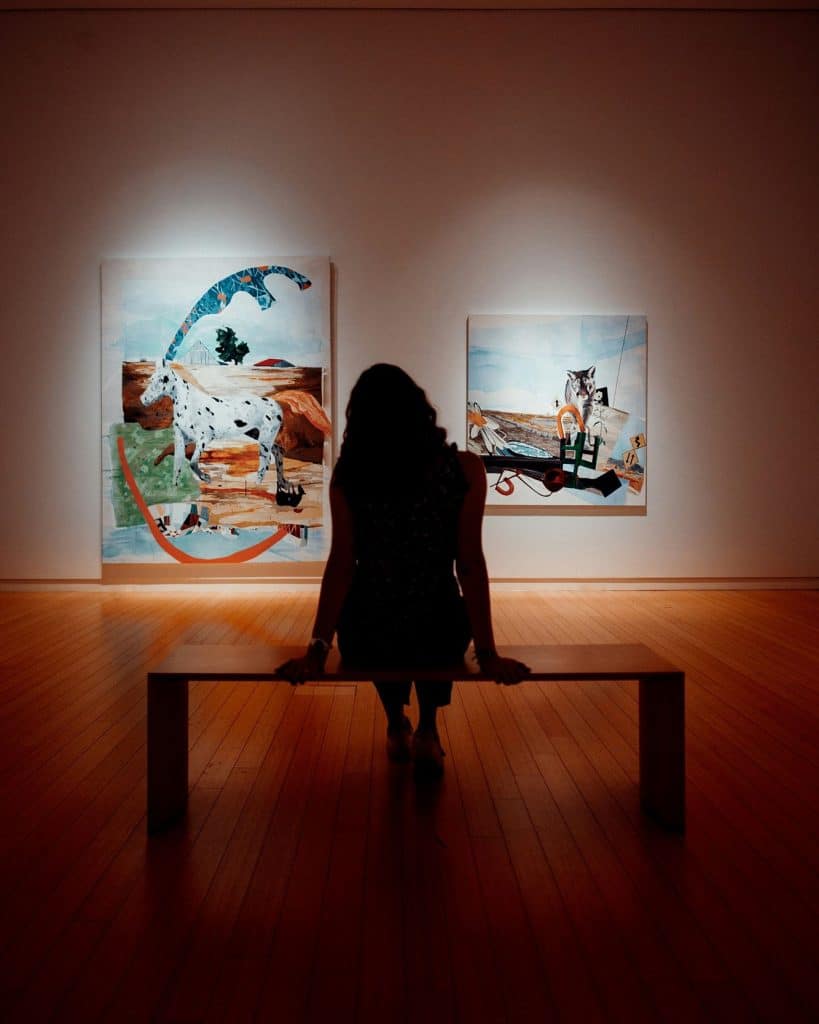As an art collector, you likely have — or are on the road to having — more art pieces than you have space to display them at home or in your business. Sadly, this often leaves some pieces to languish in storage while others spend too much time on display in one location. How can you avoid both problems? The answer is rotating your collection. How can you do this? Here are a few steps to take.
1. Use Appropriate Storage
Because some of your collection will always be in somewhat long-term storage at any given time, you must choose the right home for it. Art requires specific storage conditions based on its makeup, age, and materials. This often involves humidity and temperature control to protect against environmental degradation. It should also be stored in a secure location since you won’t be actively overseeing it most of the time.
2. Complete A Thorough Inventory
Inventory all your pieces before making any moves to store or any decisions about how to approach rotation. An accurate and thorough inventory is vital to ensure a workable rotation plan. If you don’t know what you have and what its characteristics are, you can’t really rotate with any forethought and planning.
Along with identifying each item of art, make note of dimensions, condition, artist, school, age, provenance, colors, media, subject, and materials. Any number of these factors could be important in deciding what to display, when, and how. You might also include notes about special requirements, such as whether electricity or certain lighting is required for a piece.
3. Decide On Rotation Factors
How will you rotate items? There is no right or wrong answer to this question, as it depends on your own personal tastes, pieces, goals, spaces, and budget.
You might rotate items based on color schemes for a pleasing look in different rooms of your home or business. Or you might want to group subjects or artistic schools to create a more thoughtful blend or start conversations. Perhaps you’d like to create a story from piece to piece or even stage a journey through your home. This is a time to let your skill as a curator shine through.
4. Plan For Physical Challenges
Of course, deciding which art pieces to store and which to display for a while isn’t the only challenge when rotating. You’ll also need to consider the physical aspects of the move. What are the transportation and protection requirements of each item when they travel? Do you need specialized crating and dedicated transportation, such as for bulky pieces or fragile items?
What about the intended display locations? Art tends to look its best when the lighting is tailored for maximum effect — which varies for each piece based on things like shape, color, and materials. You may also need to protect some artworks from sunlight, moisture, or temperatures in ways that others don’t need. And of course, how will you secure the item? You may need actual structural or cosmetic adjustments to the room.
5. Enjoy Your Art
Whatever you choose to do for rotation, have fun with your collection and enjoy the fruits of your labor. This is, after all, about growing as a collector and being able to appreciate everything you have.
After rotation, display the changes to friends, family, and other art lovers. Discuss how you curated this specific grouping, your goals, and how each item adds to the effect. You might even rotate major pieces with other collectors, local museums, artist groups, or schools to give it a wider audience.
The best place to begin your journey to well-planned and well-executed art rotation is to meet with the team at Los Angeles Fine Arts & Wine Storage Company. Tour our facilities and learn more about how we can help protect, store, and transport your collection.






